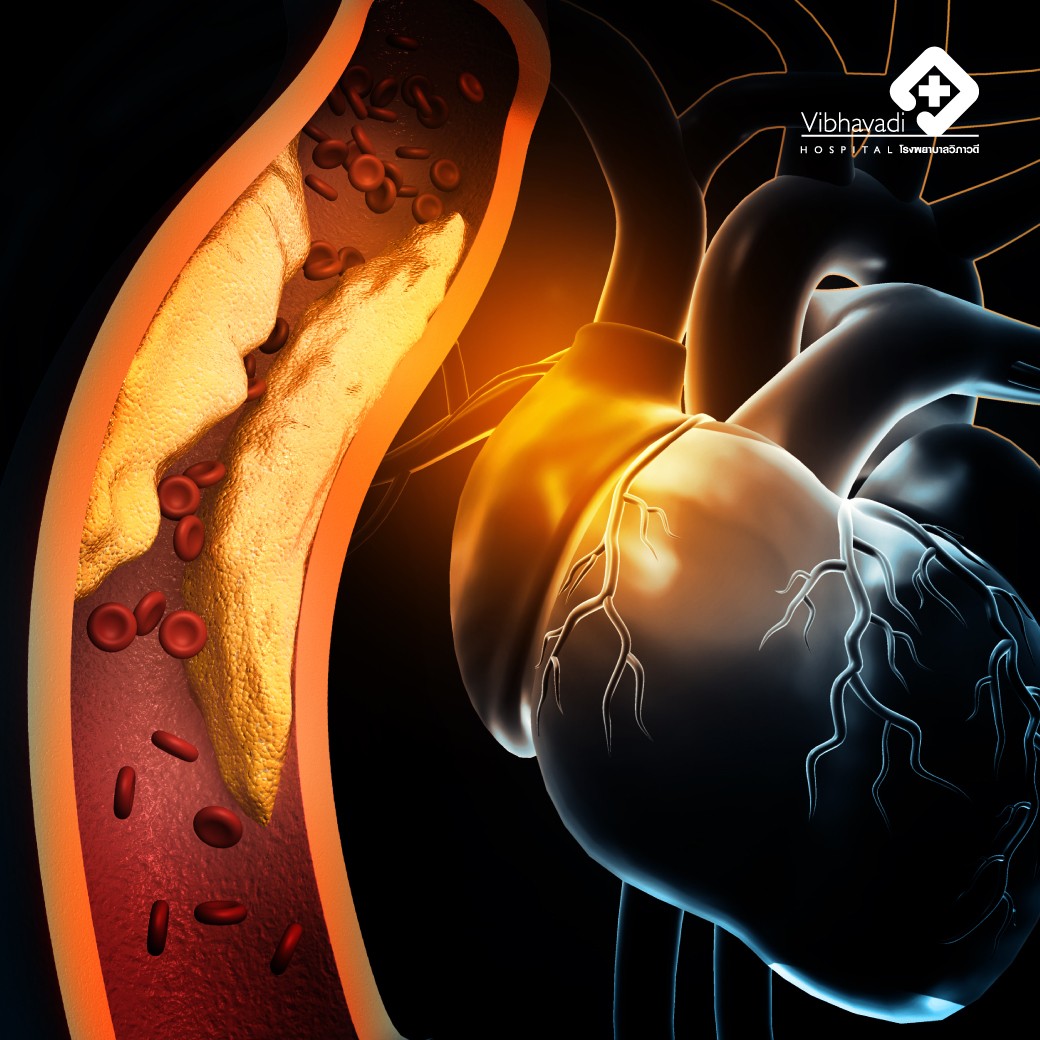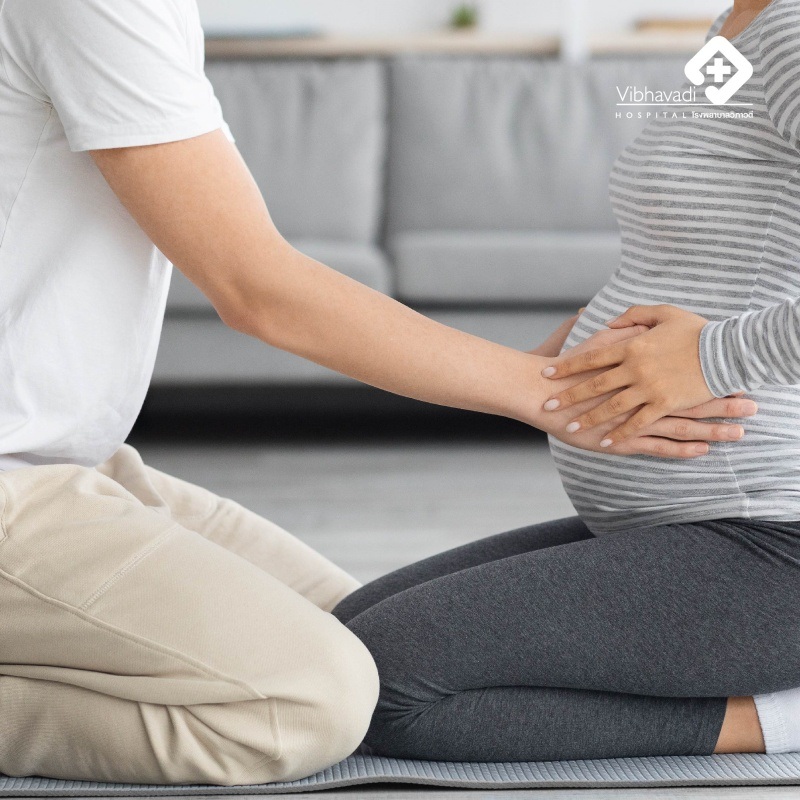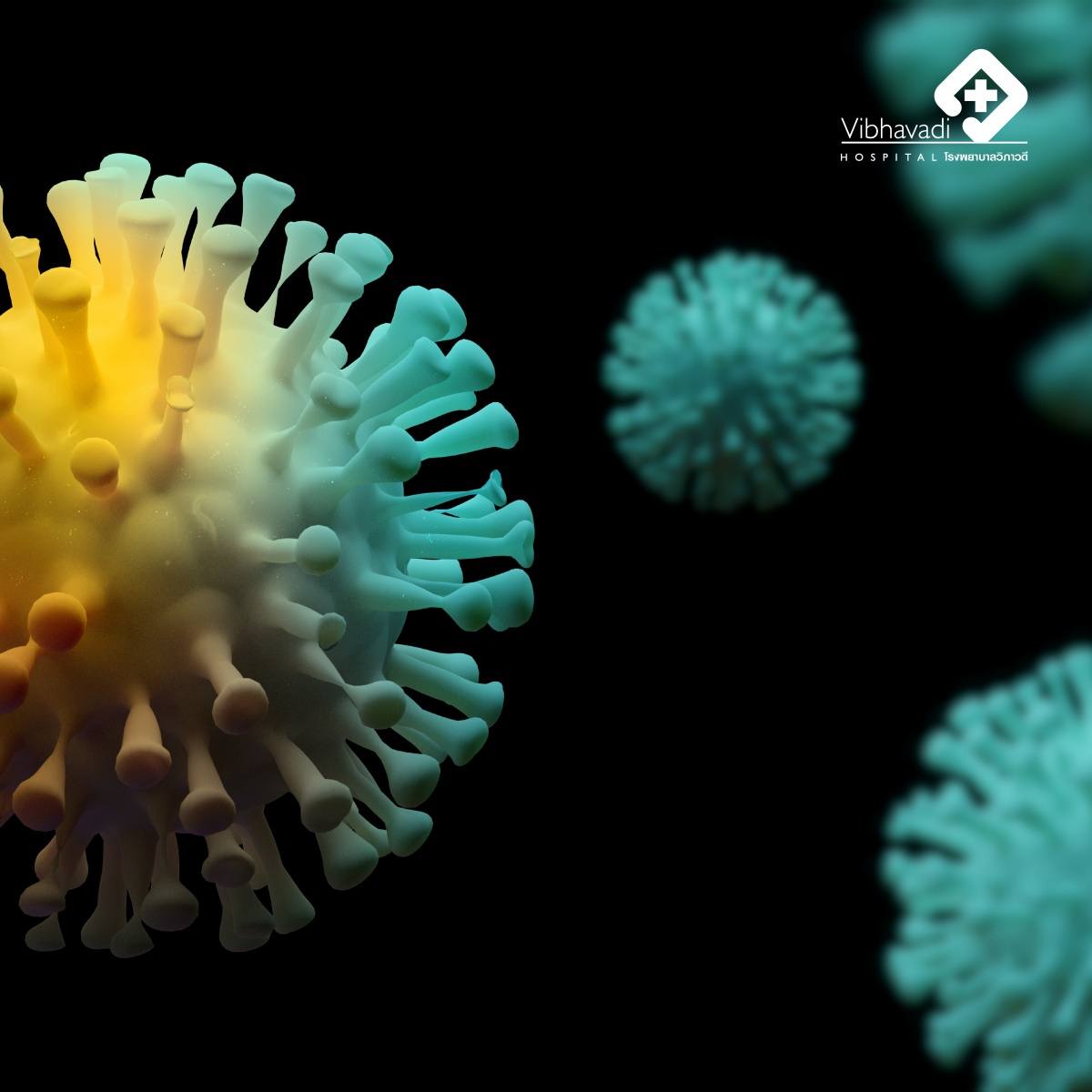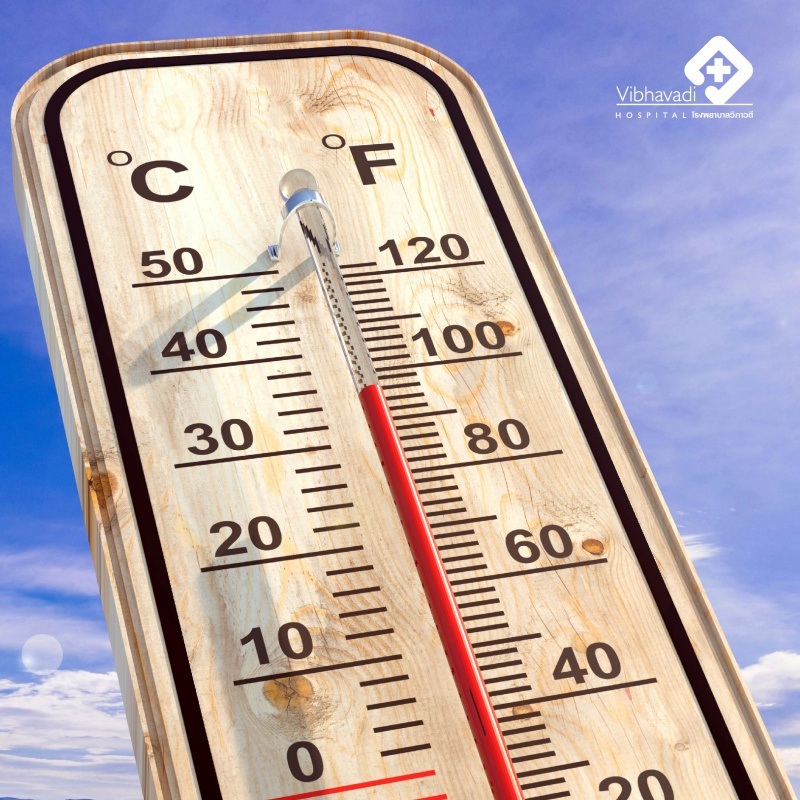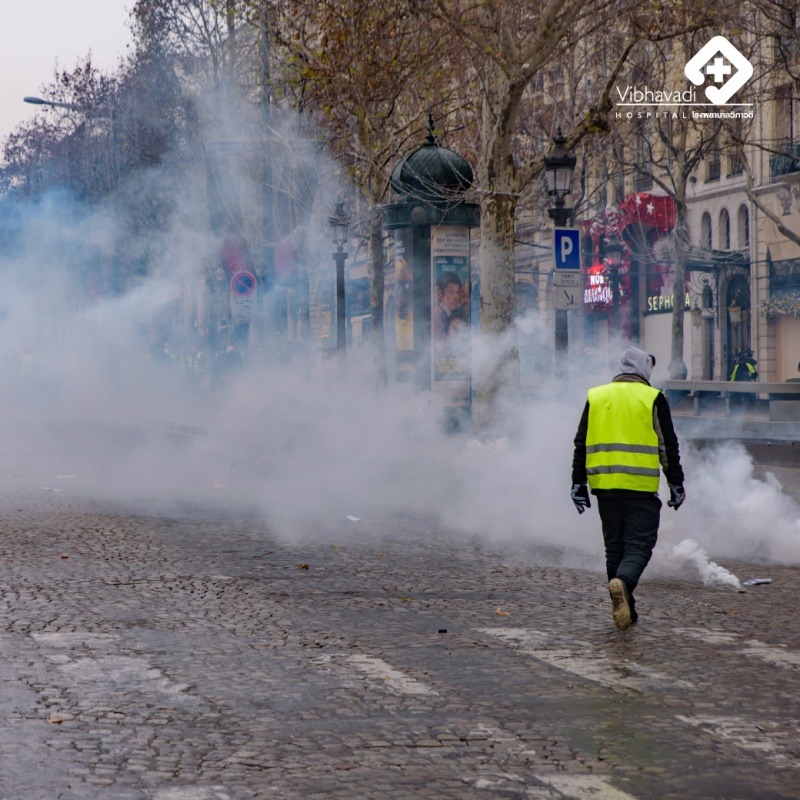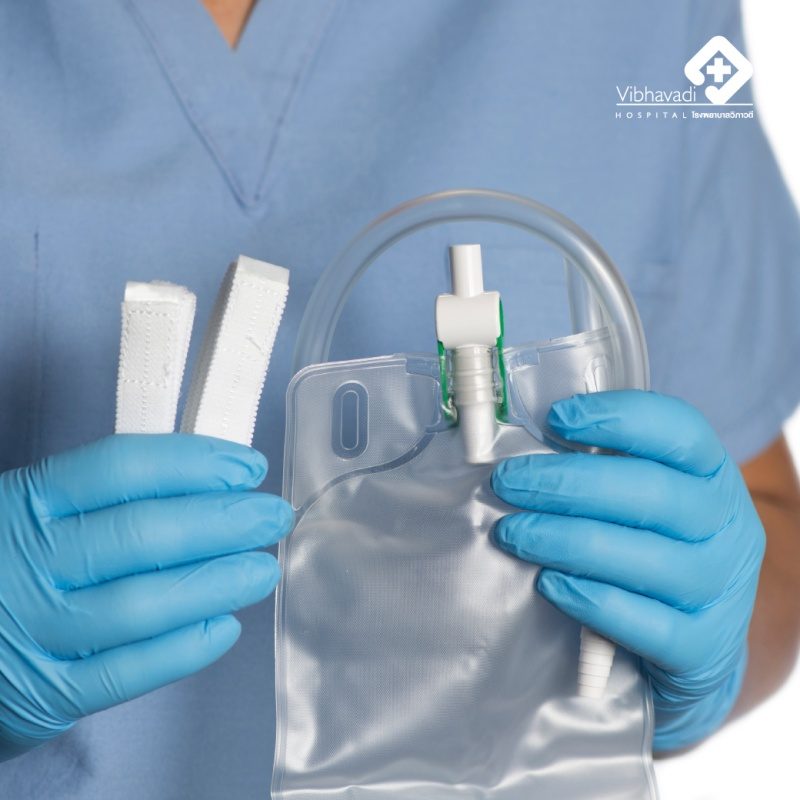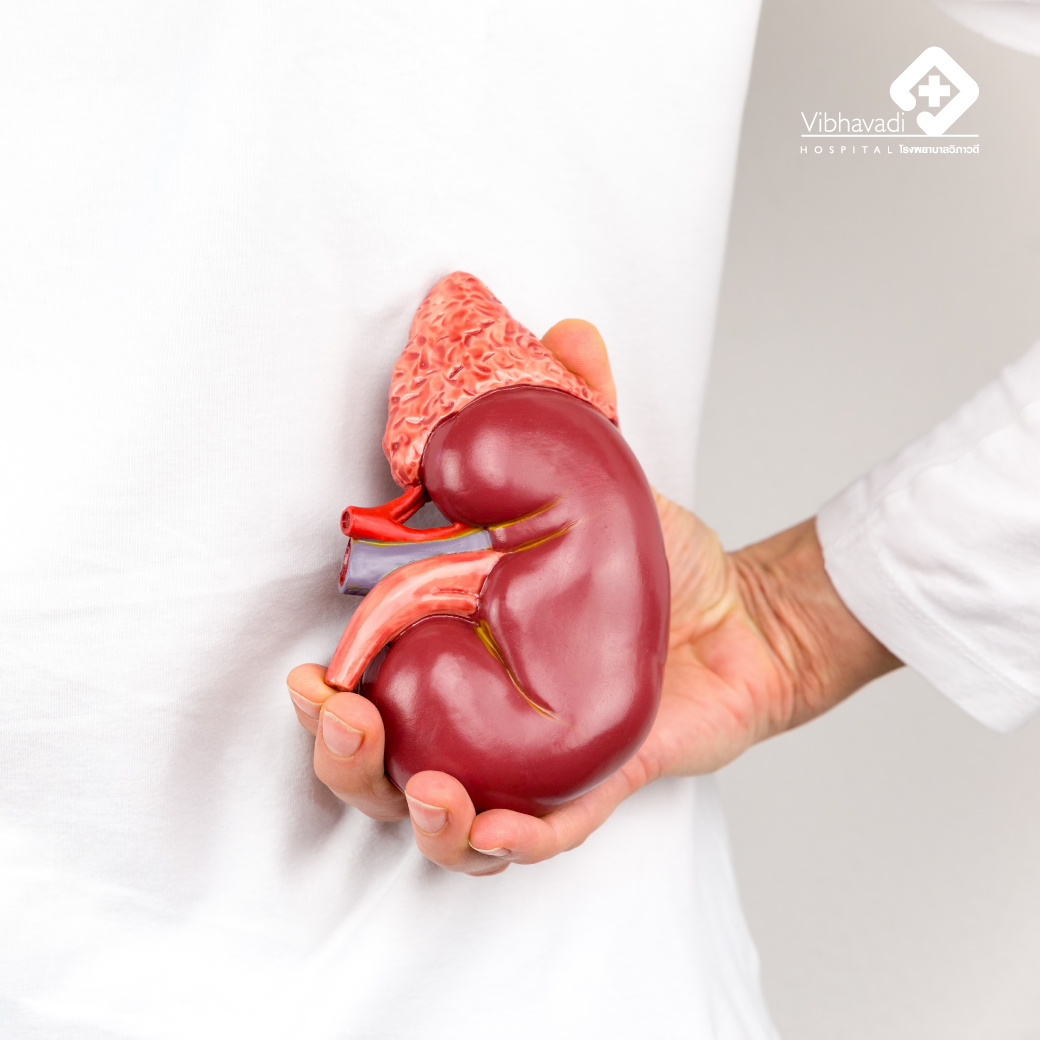How to Exercise to Boost Immunity
How to Exercise to Boost Immunity
This article from the New York Times from October 2009, was translated into Thai and arranged by Dr. Kitti Trakulratnawong, a cardiologist at Vibhavadi Hospital. It will give you the motivation to exercise more.
Exercise can be done in various ways to strengthen the body's immune system. An interesting study was conducted recently, consisting of two parts.
The first study, published in a scientific journal last year, involved researchers dividing mice into two groups. The mice in the first group did not have to exercise, while the mice in the second group were made to walk on a treadmill until exhausted.
After three days, both groups of mice were exposed to the influenza virus. Within 2-3 days, the mice in the exercise group showed a higher incidence of flu compared to the mice in the non-exercise group. Additionally, the symptoms experienced by the exercise group were more severe.
The second study, published in a journal related to researchers from Illinois University, involved dividing mice into three groups before infecting them with a highly virulent strain of the influenza virus.
The first group of mice was allowed to rest, the second group was given light exercise by running for 20-30 minutes, and the third group was made to run vigorously for 2 and a half hours until exhausted. All groups followed the same routine for three days.
When the mice contracted the flu, the results were as follows:
- The first group had a higher mortality rate than the control group.
- The second group had a mortality rate of 12%.
- The third group had a mortality rate of 70%, and even the surviving mice experienced more severe flu symptoms than those in the non-exercise group.
Based on these two previous studies, it becomes apparent that there is a delicate balance between exercise and immune response. Moderate exercise can effectively enhance the body's immune system and prevent diseases. However, excessive exercise can lead to a weakened immune system, making it easier to contract diseases and experience more severe symptoms.
What constitutes excessive exercise?
Although there is no universally agreed-upon definition among researchers, excessive exercise often refers to engaging in physical activity for a prolonged period of time, exceeding 1 hour, with a significantly increased heart rate and rapid breathing, to the point where one feels genuinely exhausted. Examples include running a marathon or playing a 90-minute football match.
The connection between intense exercise and increased susceptibility to infections is not yet fully understood, but it is believed that after intense physical activity, the body's immune response is temporarily suppressed. The more intense and prolonged the exercise, the longer the immune response suppression period. Sometimes, this period can last for 2-3 hours or even 2-3 days.
A recent study published in August 2009 in the Journal of Strength and Conditioning Research aimed to test the immune levels in the saliva of 24 professional soccer players before and after a 70-minute football match.
Before the game, the immune levels in their saliva were within normal range, but after the game, the immune levels of several players decreased significantly.
The relationship between exercise and the immune system has become more apparent when examining the cellular level in experimental mice. When infected with the flu virus, the mice's bodies were stimulated to increase TH1-Type helper immune cells, leading to inflammation and various changes in the body. This response is the first line of defense against viruses. However, if this inflammation persists for too long, the beneficial effects turn into drawbacks, as inflammation starts damaging the body's cells. Nature then seeks to restore balance by gradually increasing another set of immune cells called TH2 helper cells to counteract the inflammation, much like pouring water on a raging fire of TH1 cells.
The body requires a delicate balance of TH1 and TH2 helper cells, and this equilibrium must be maintained with precision.
Example Experiment from Illinois University:
A mouse that exercises moderately will have an increased TH2 immune response, albeit slightly, after the TH1 immune response has occurred (in response to infection). The slight acceleration of the immune response can have beneficial effects in combating the flu.
"Moderate exercise helps reduce TH1 slightly and increase TH2 slightly, just the same."
Conversely, excessive exercise will push TH1 excessively. It is akin to the body building the first line of defense incompletely, making it easier for viruses to invade the body. After intense exercise, such as marathon running, the immune system is suppressed temporarily. It is a time when you have nothing to shield yourself with. Therefore, during this period, it is advisable to avoid close contact with people who cough, wash hands frequently, get a flu vaccine, and if you have taken all precautions but still feel unwell, rest your body and refrain from further exercise.
Generally, moderate exercise such as walking or jogging strengthens the immune system, reducing the severity and duration of mild infections. However, it should be practiced with caution. That means if you feel unwell, especially fatigued, have a fever, you should stop exercising until you feel better. If you have only mild symptoms like a runny nose, exercise may improve your condition. Nonetheless, prolonged exercise (for hours) should be avoided as it can disrupt the balance of the TH1 and TH2 immune systems.
Having understood the theoretical explanation, let's now look at the actual occurrences among individuals who engage in excessive exercise. It turns out that the consequences are not too severe. The latest research findings revealed that out of 694 participants in the Stockholm Marathon in 2000, reports of influenza or other infections were found in a three-week period before and after the race. 1 in 5 reported falling ill during that time, which is higher than the general population. However, this also means that the majority of runners, 80%, did not experience any illness.
Translated by Dr. Kitti Trakulratnawong
Cardiologist, Vibhavadi Hospital




